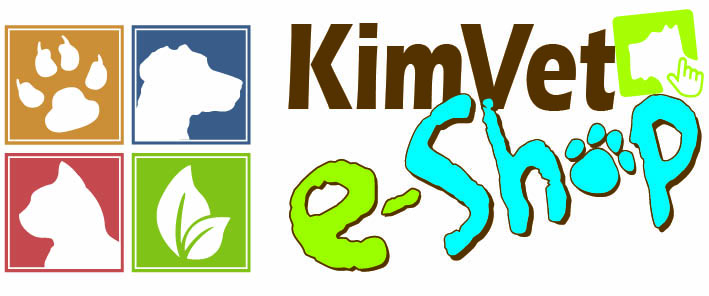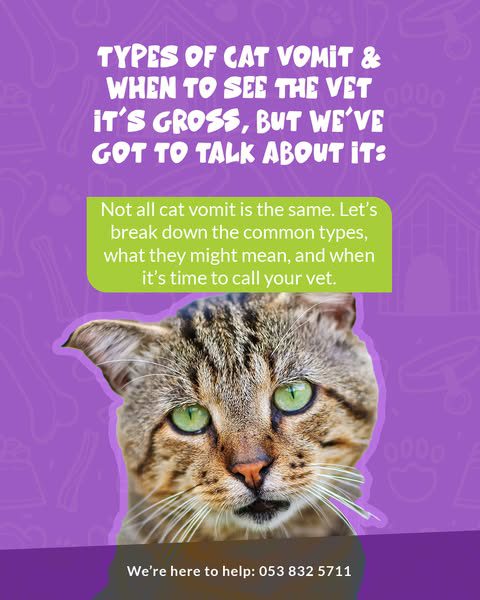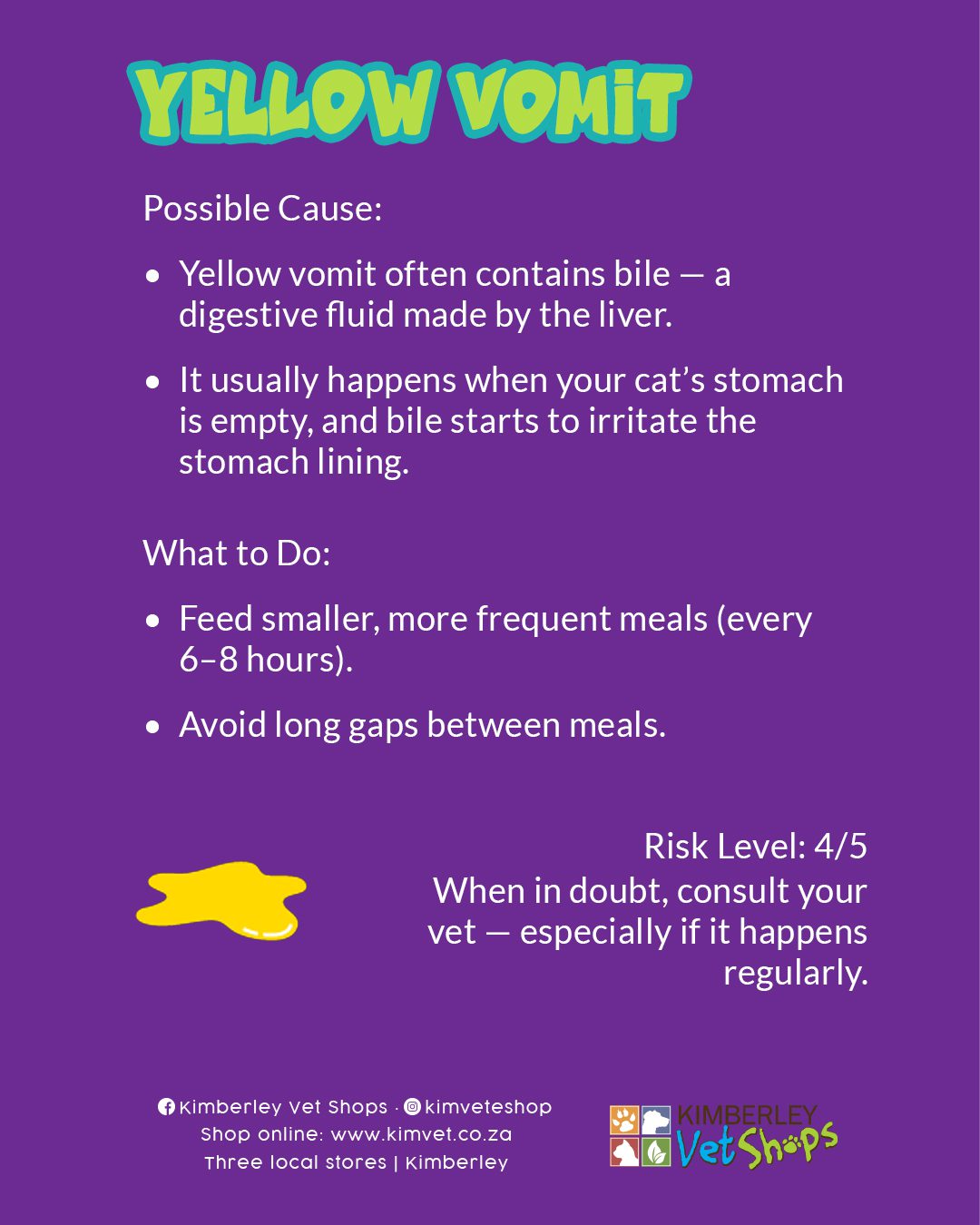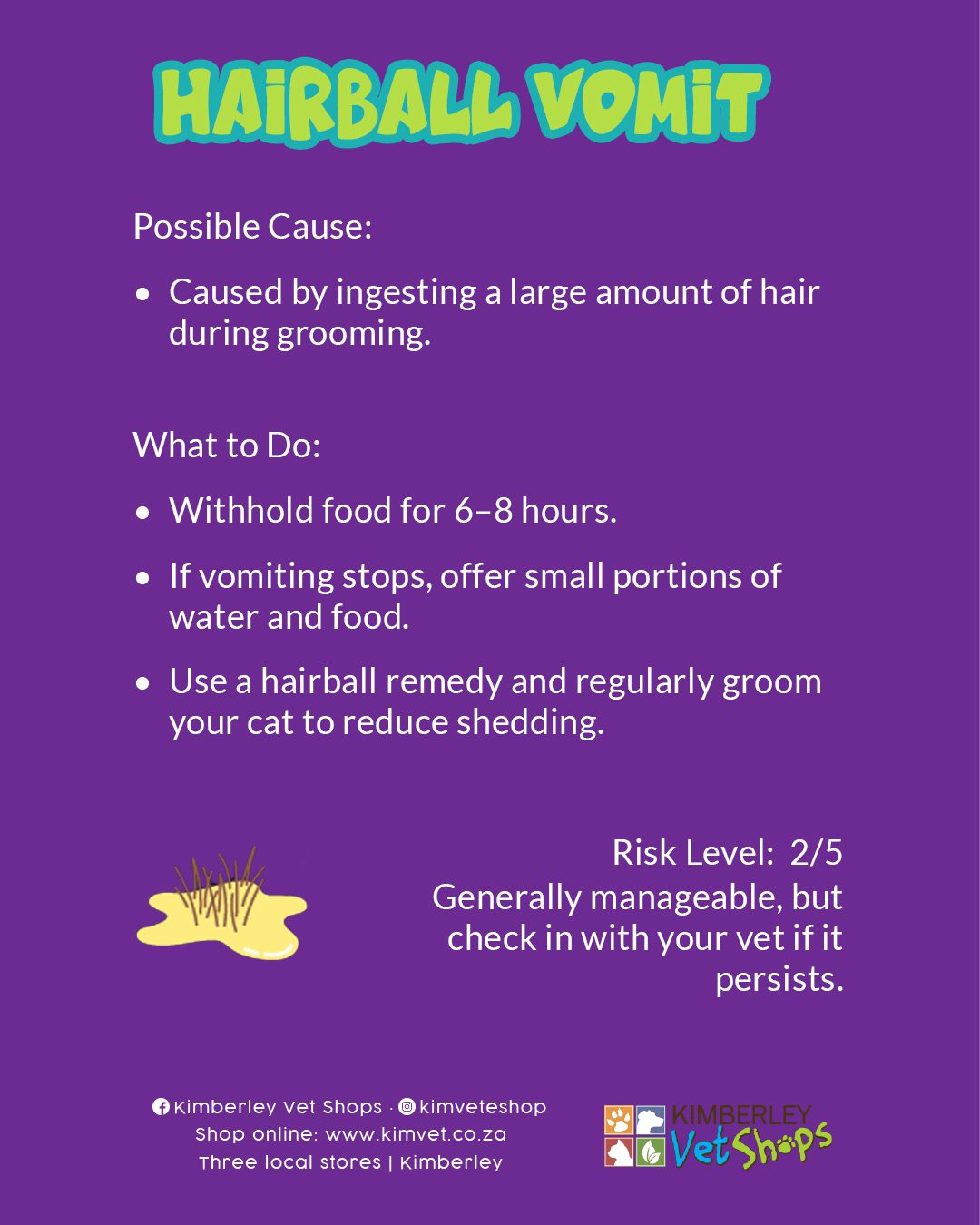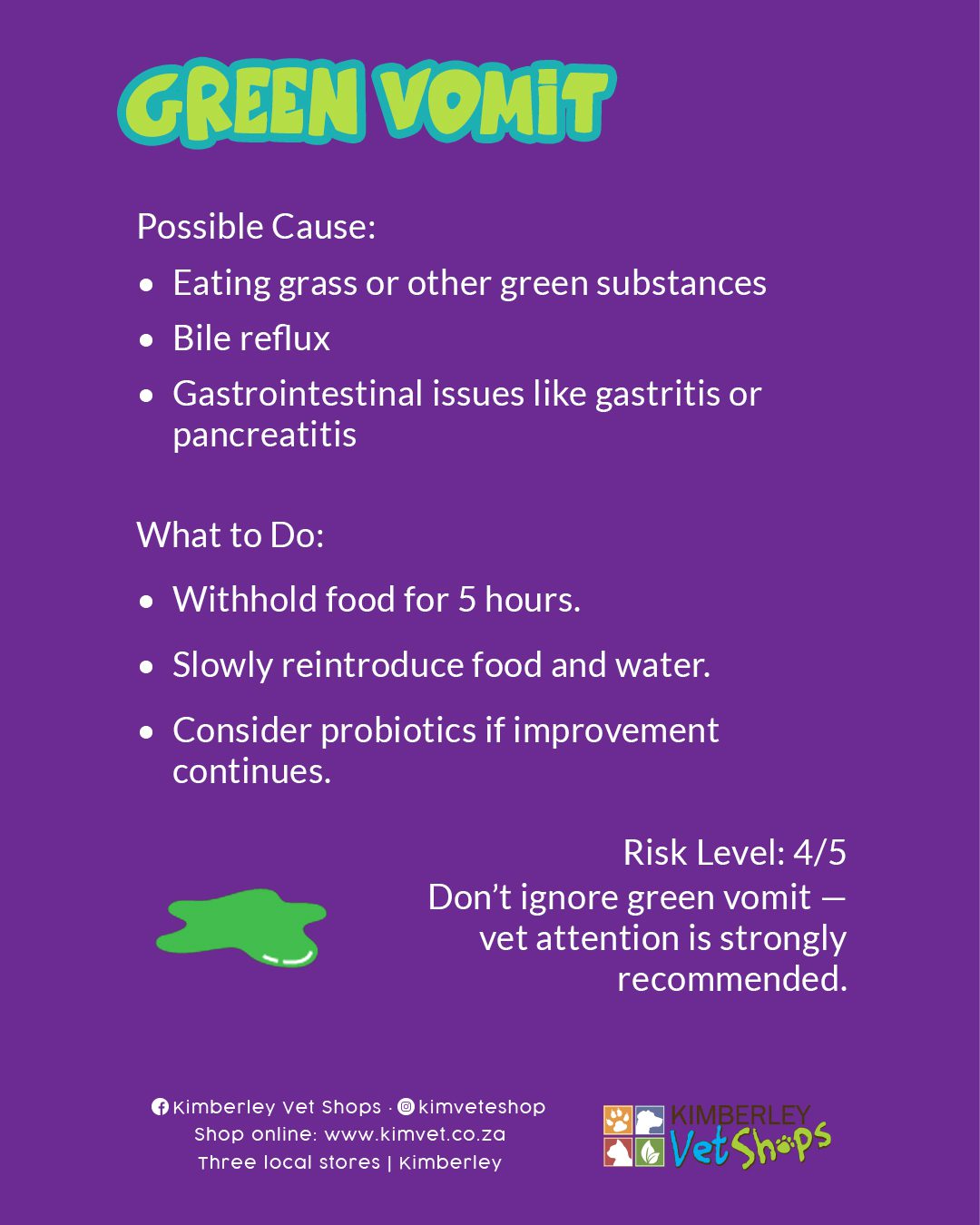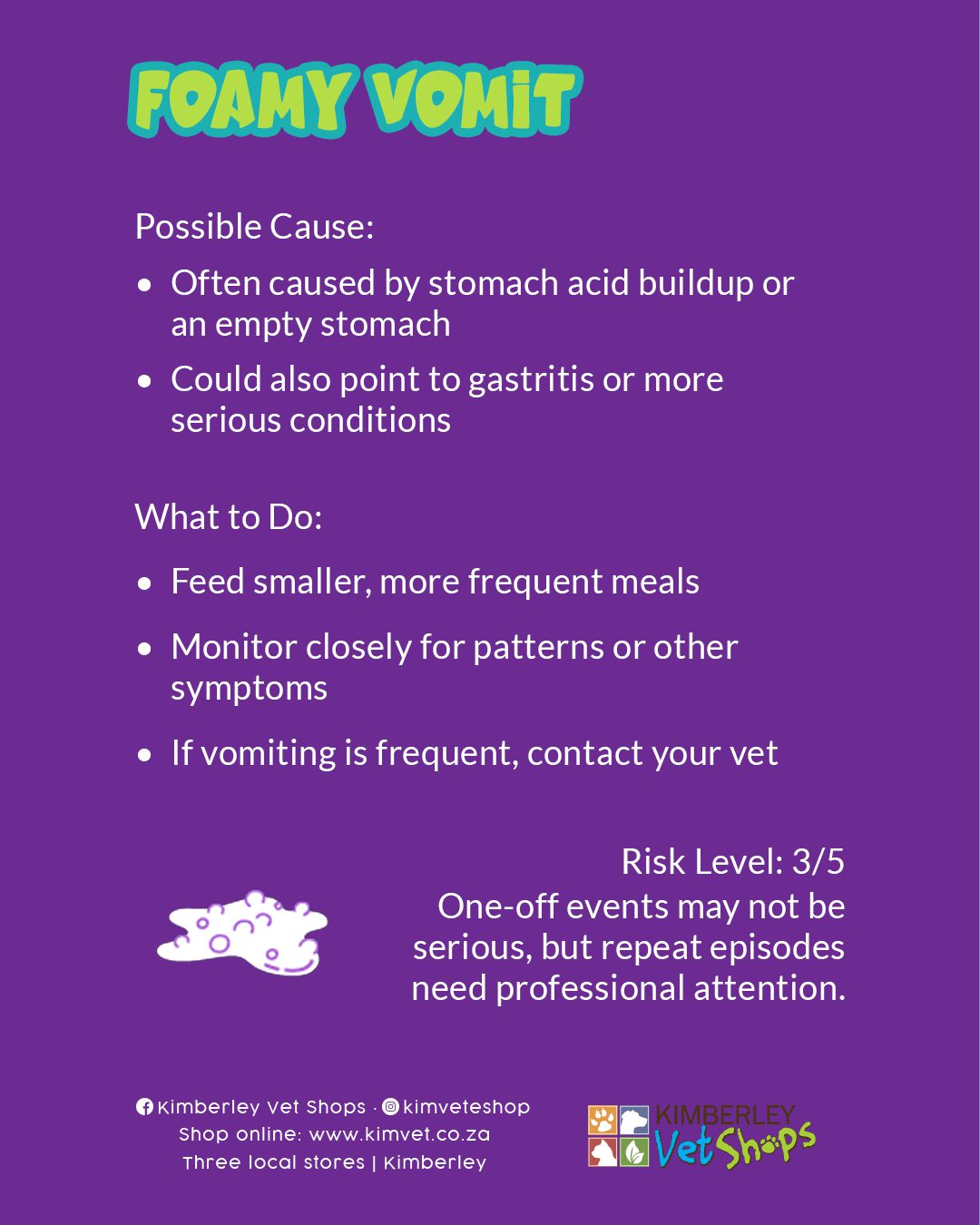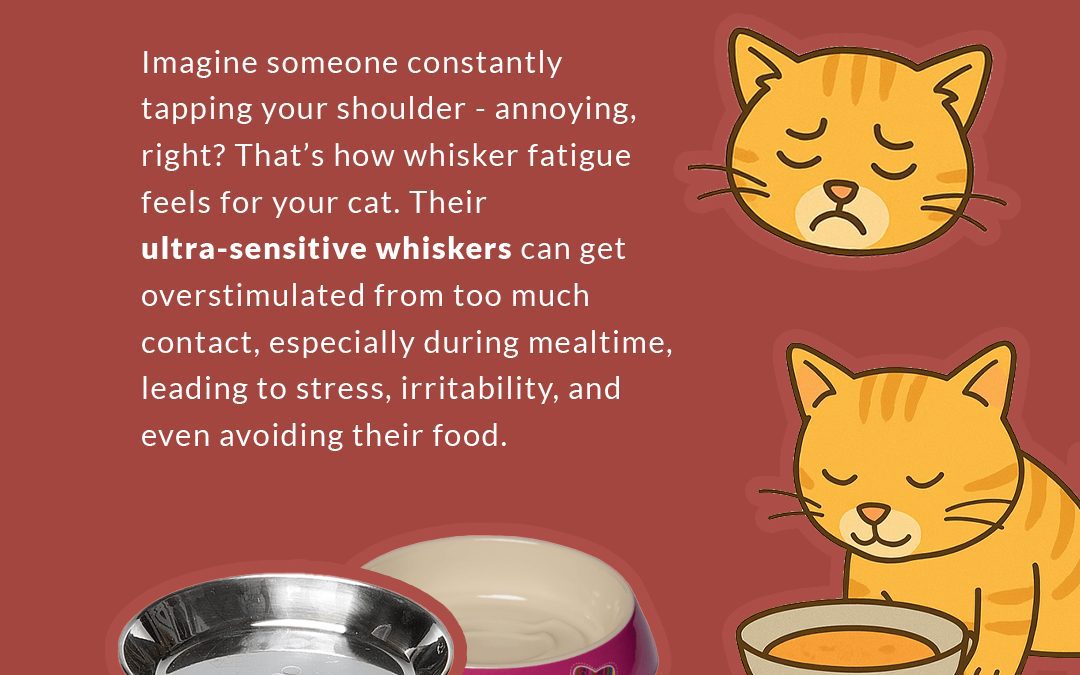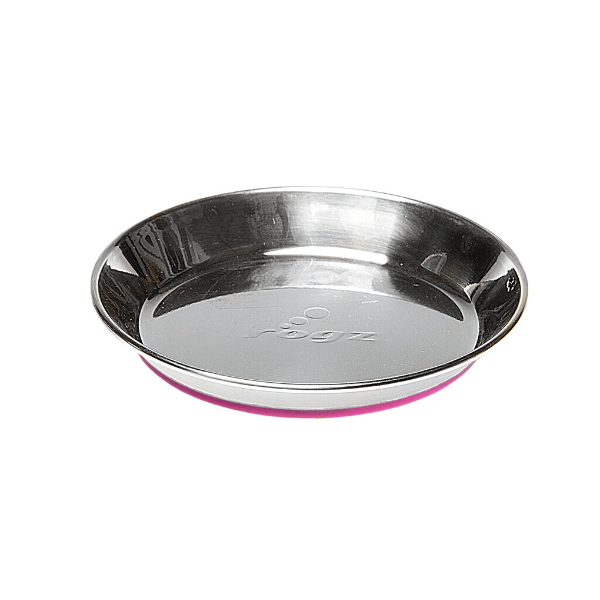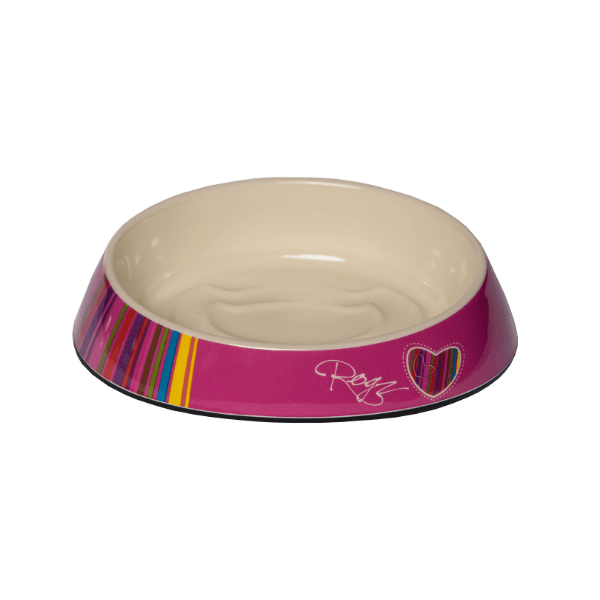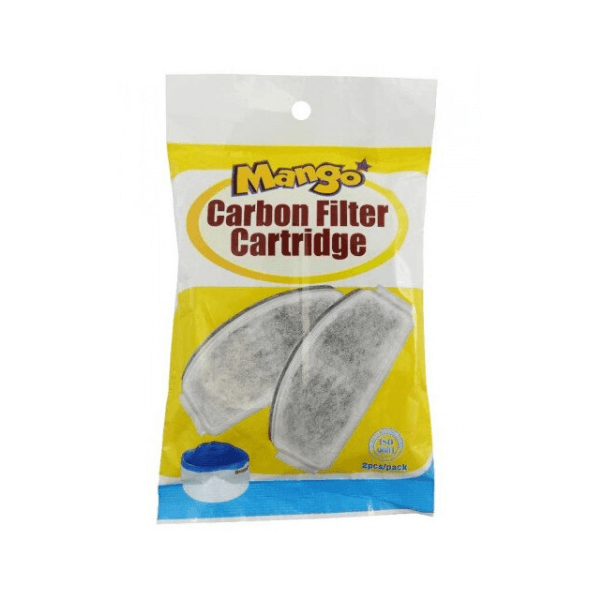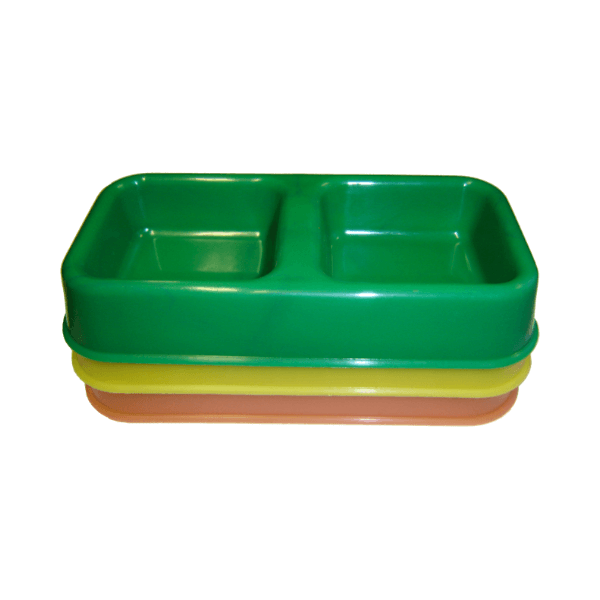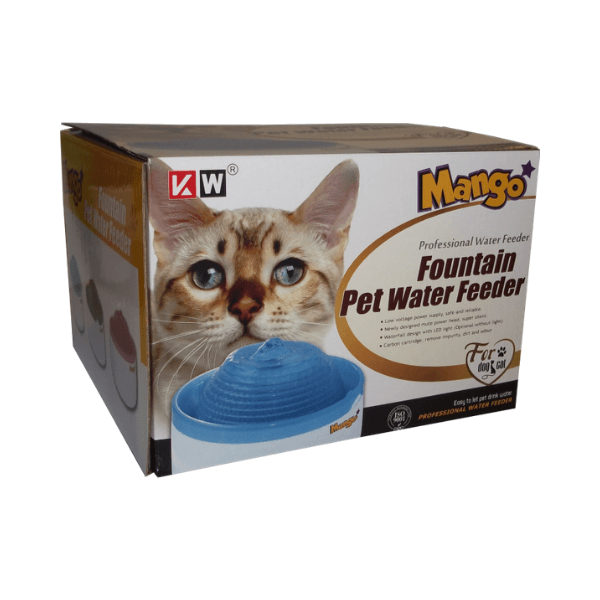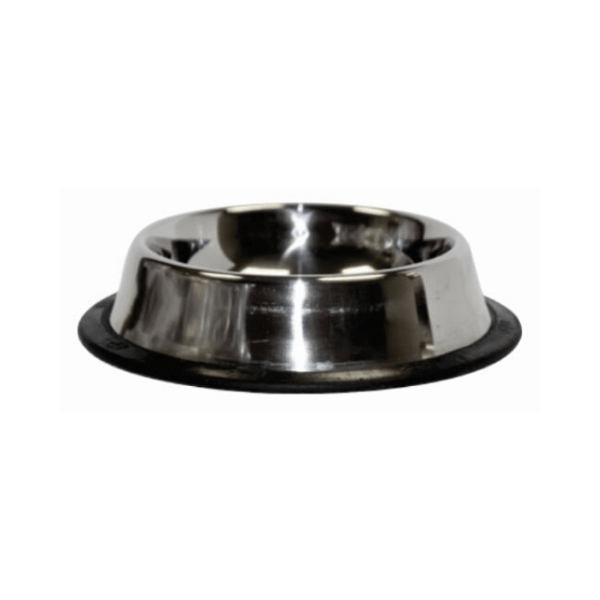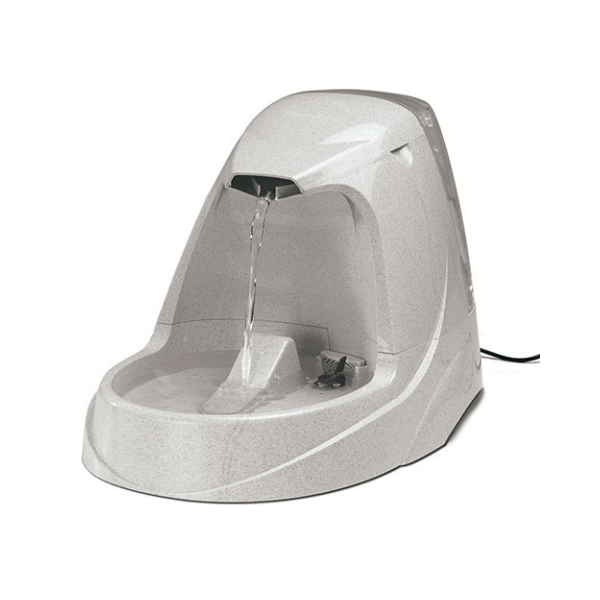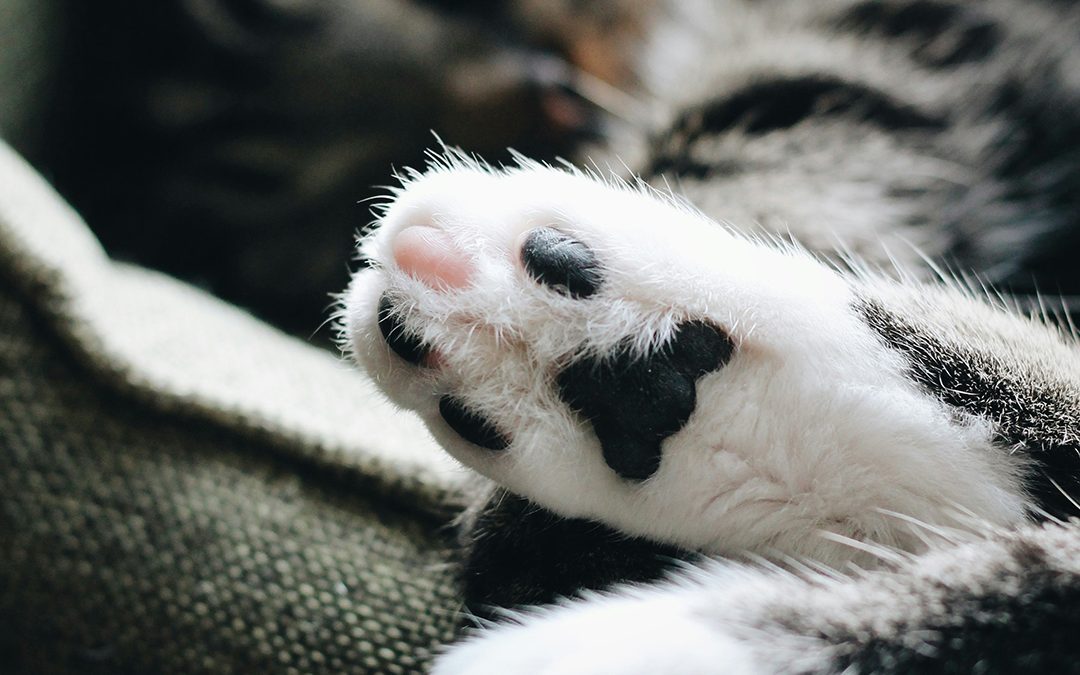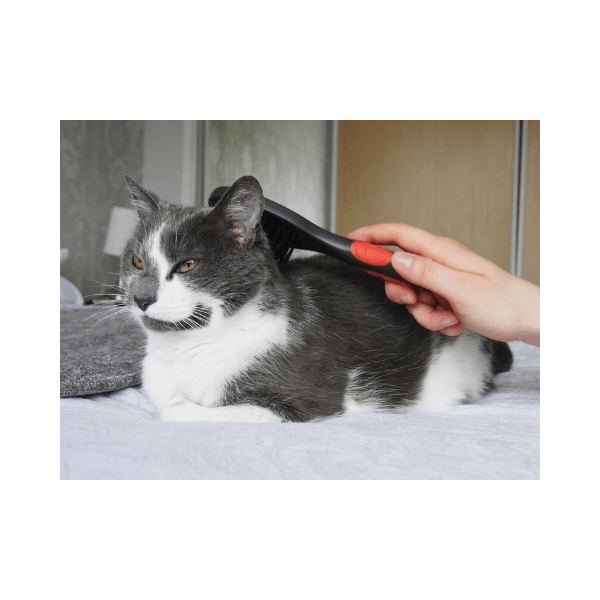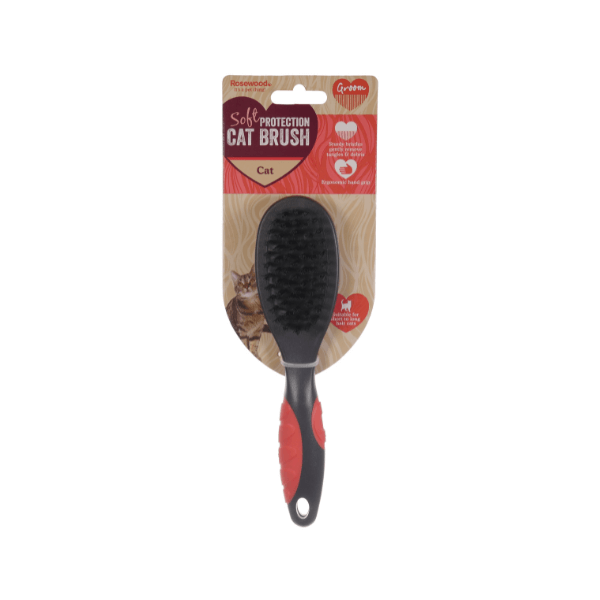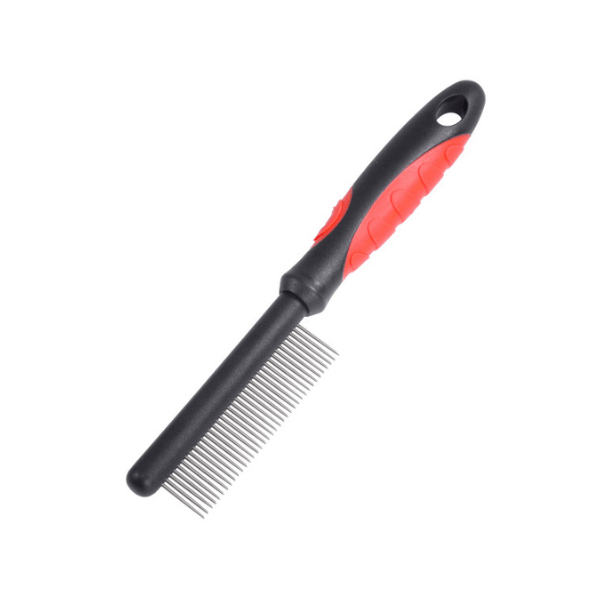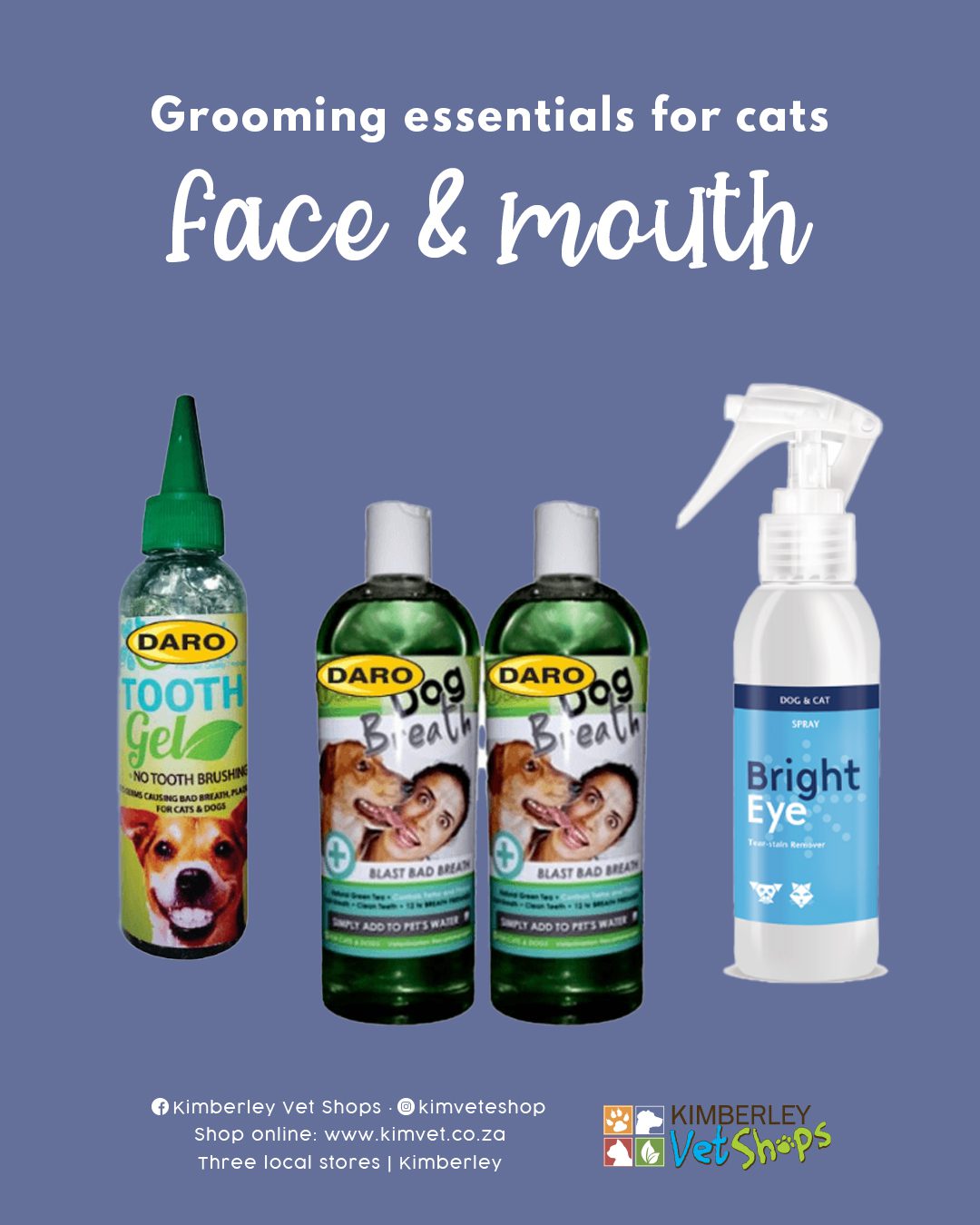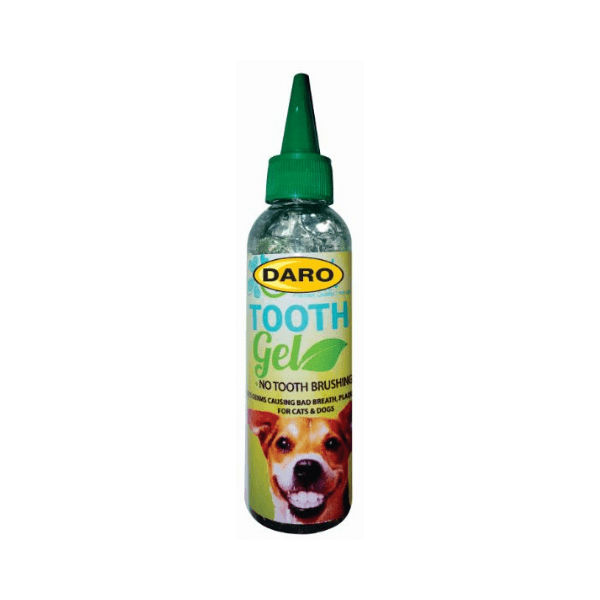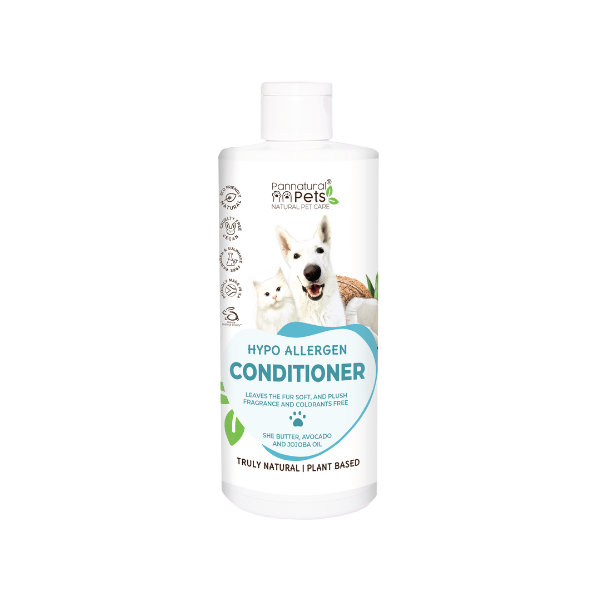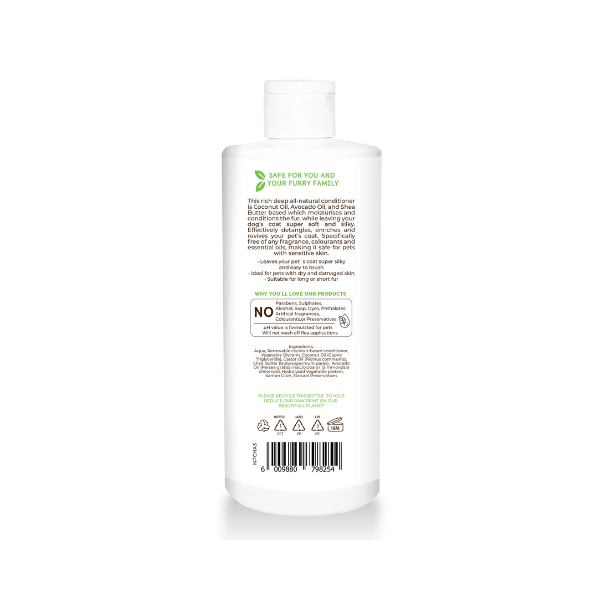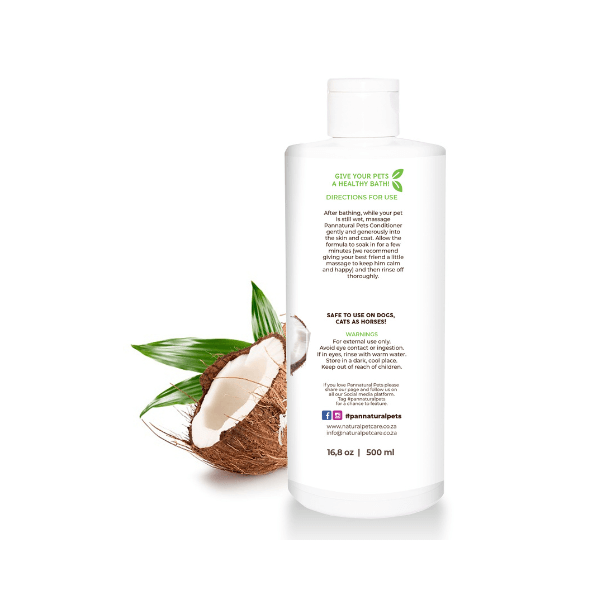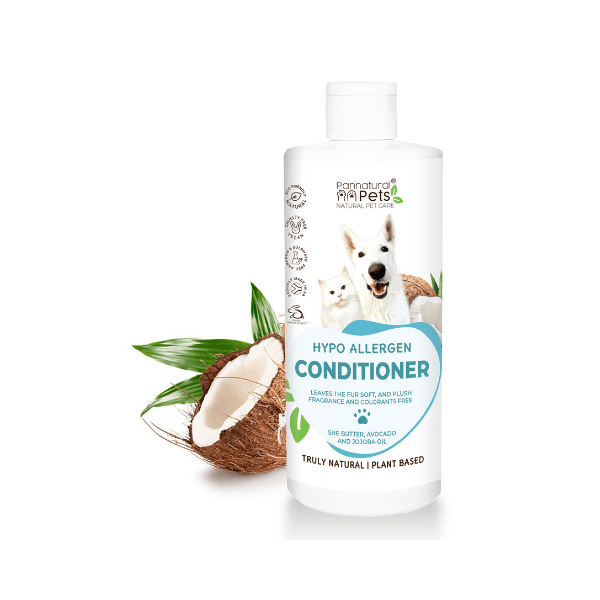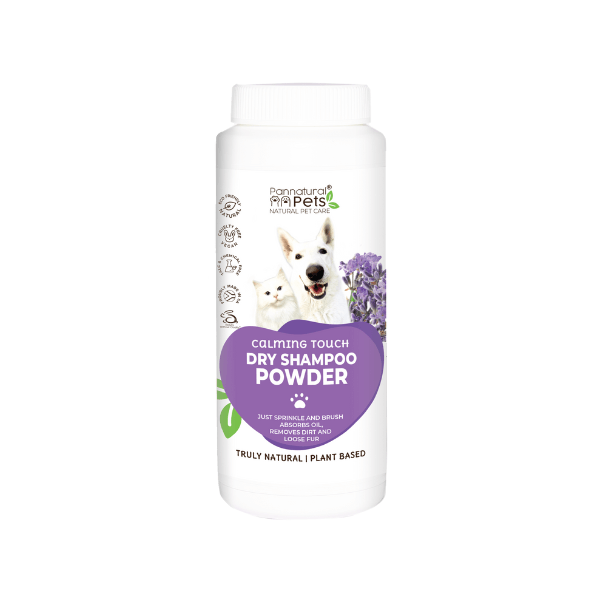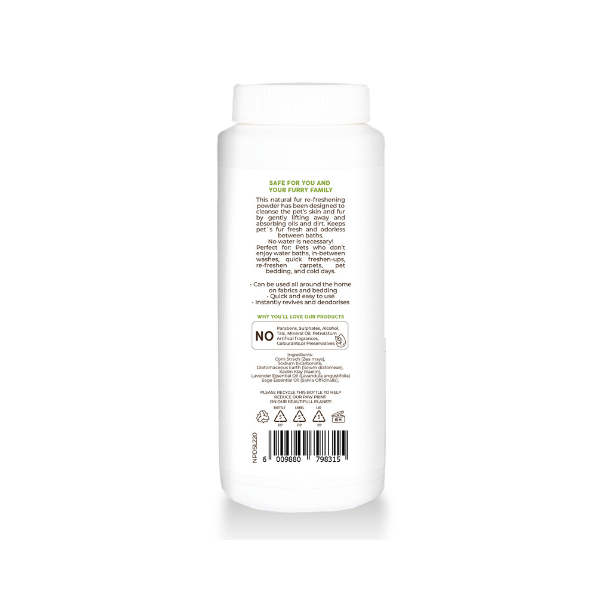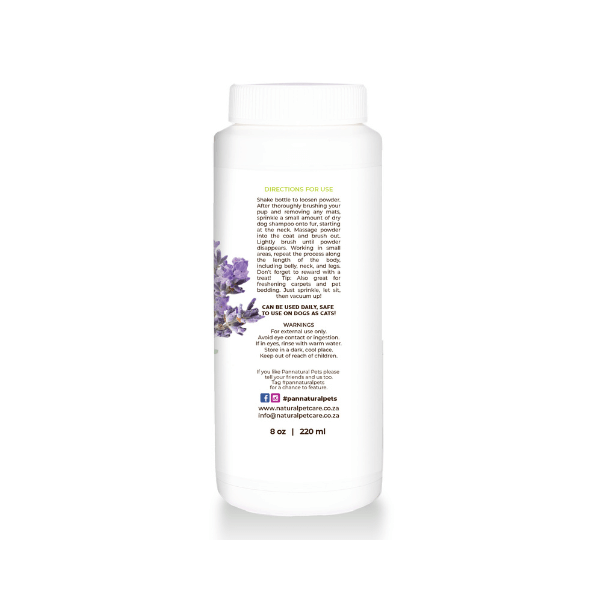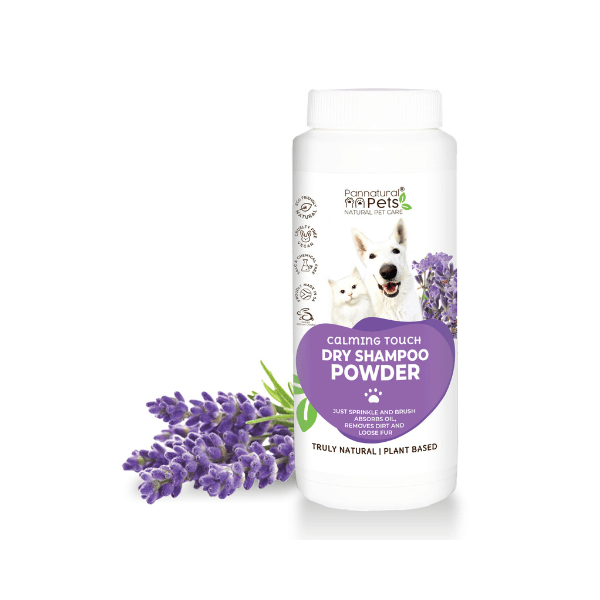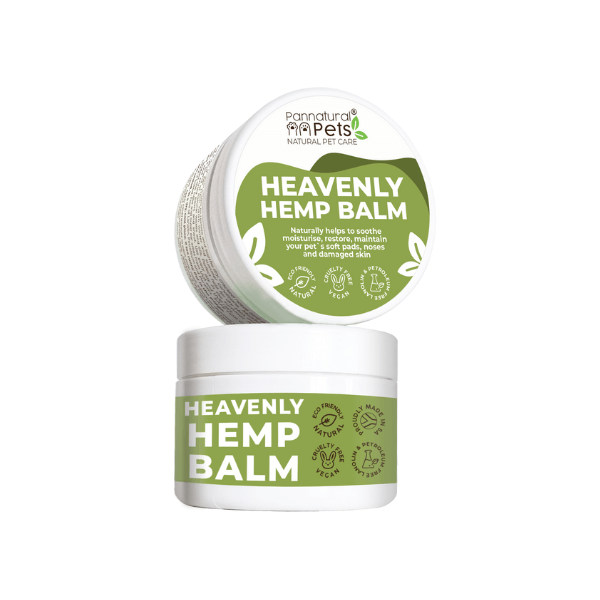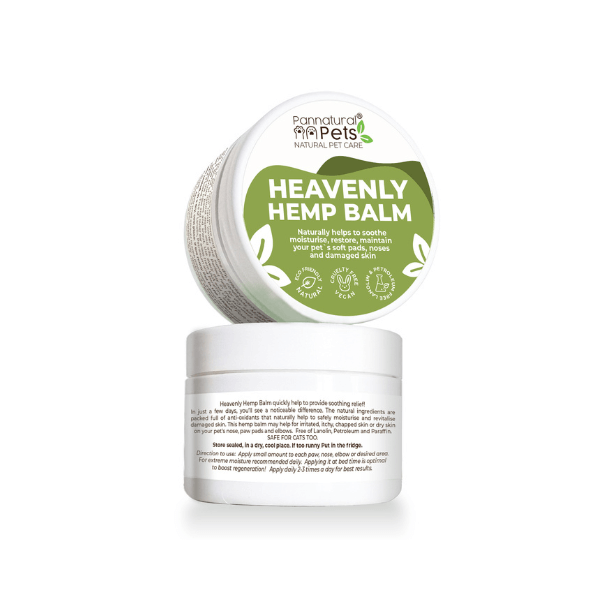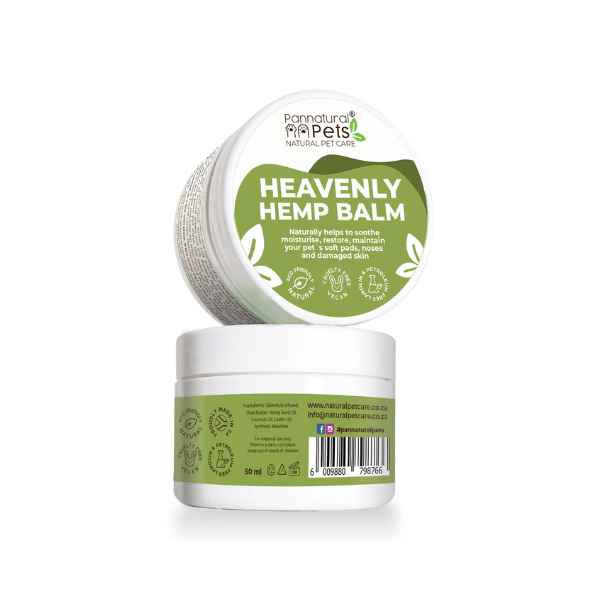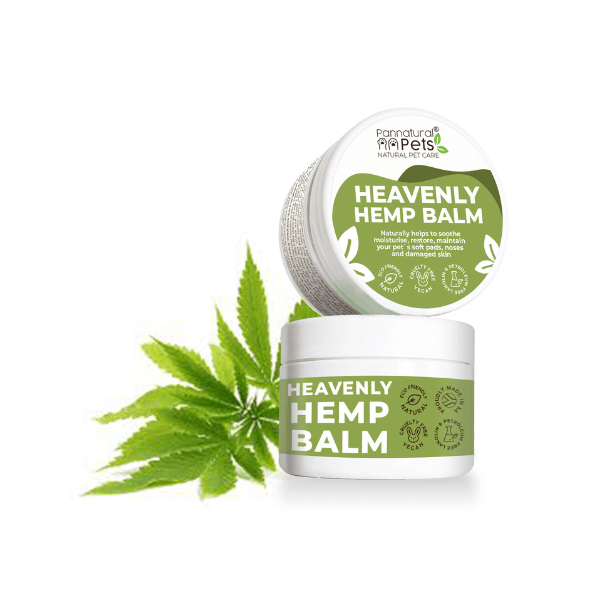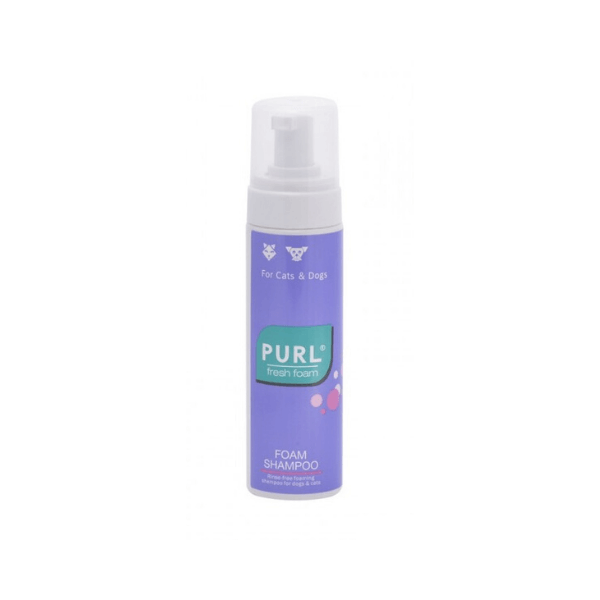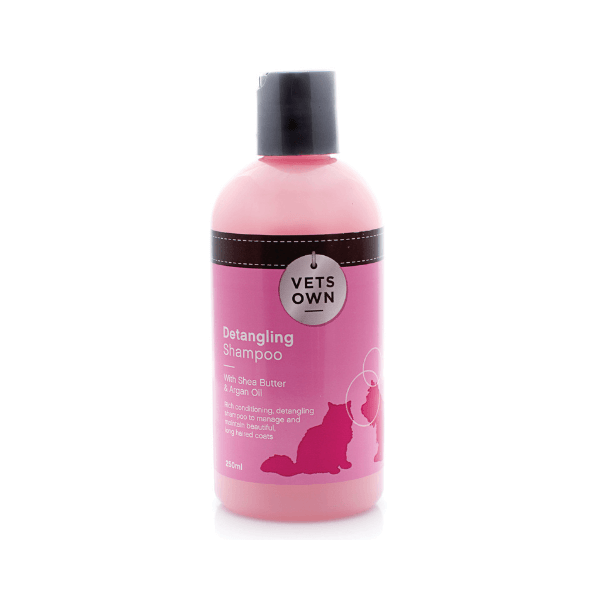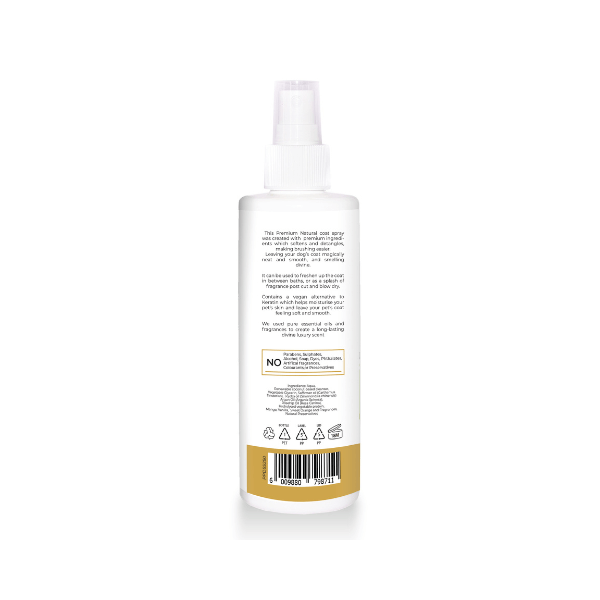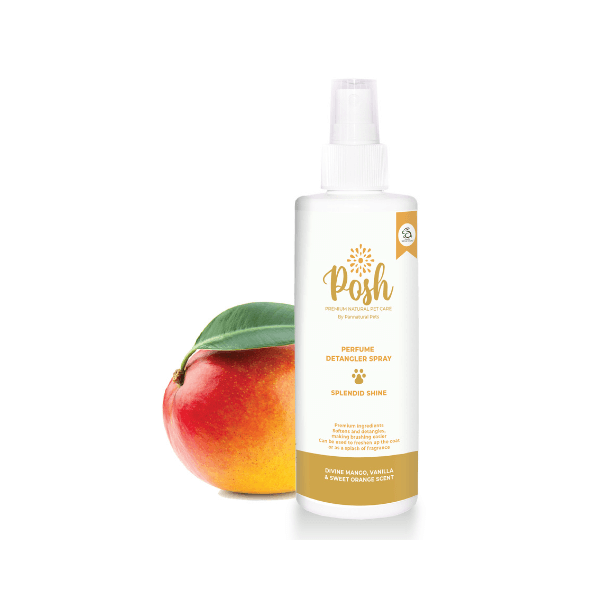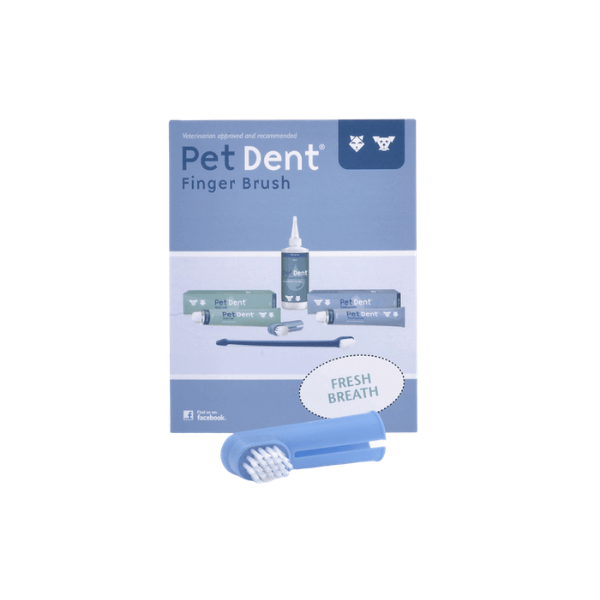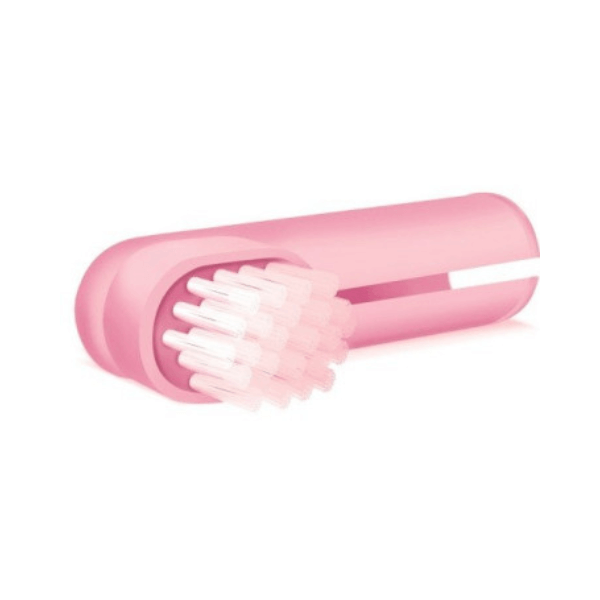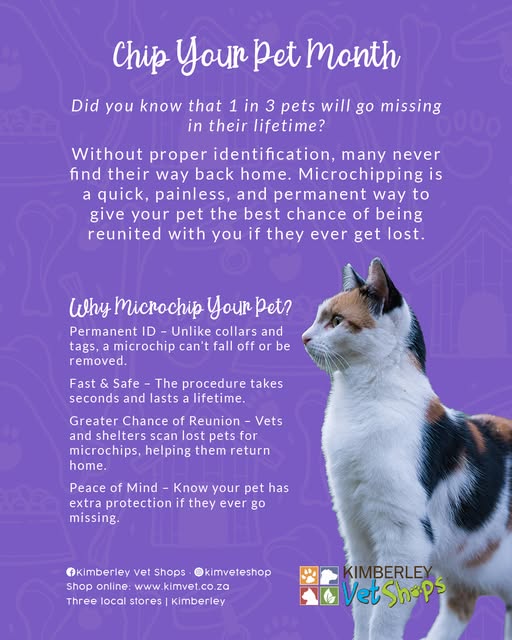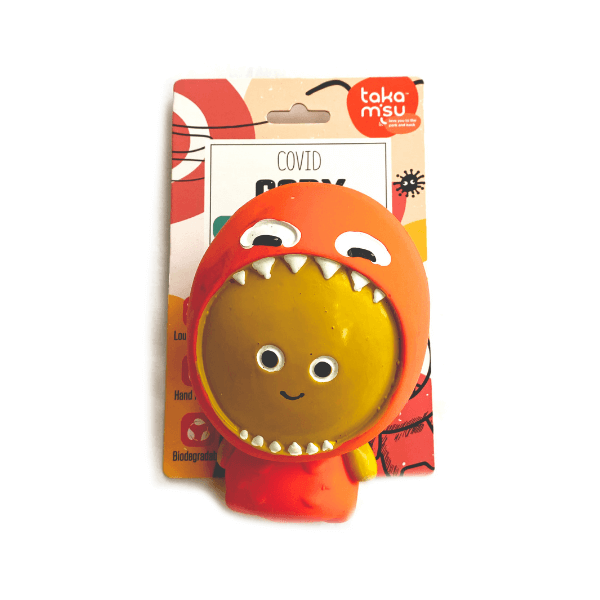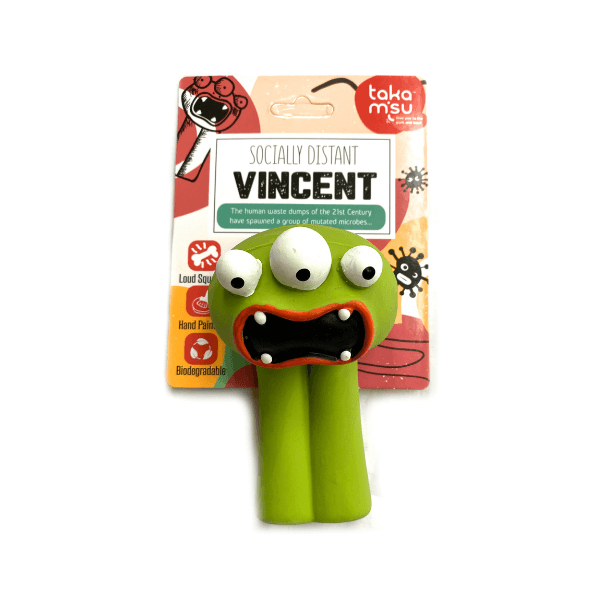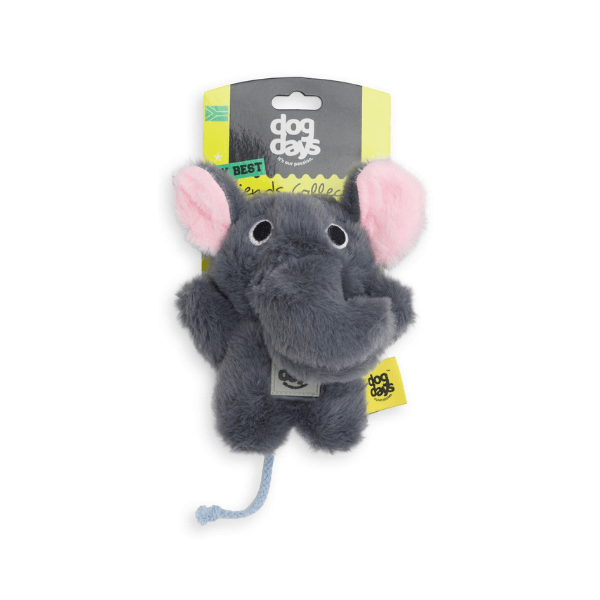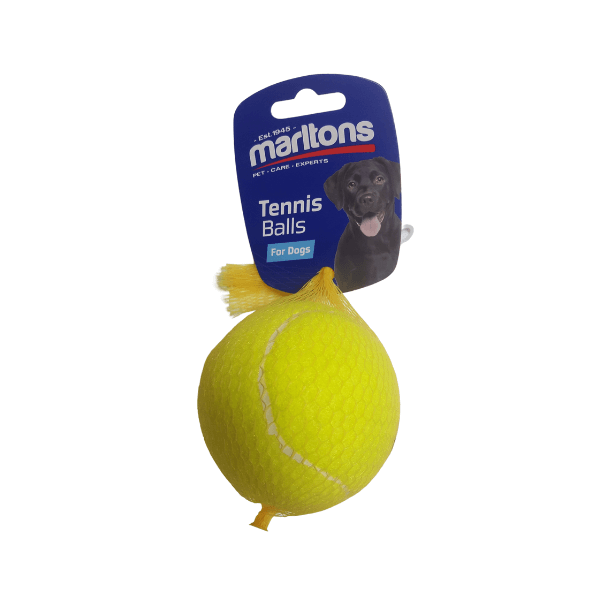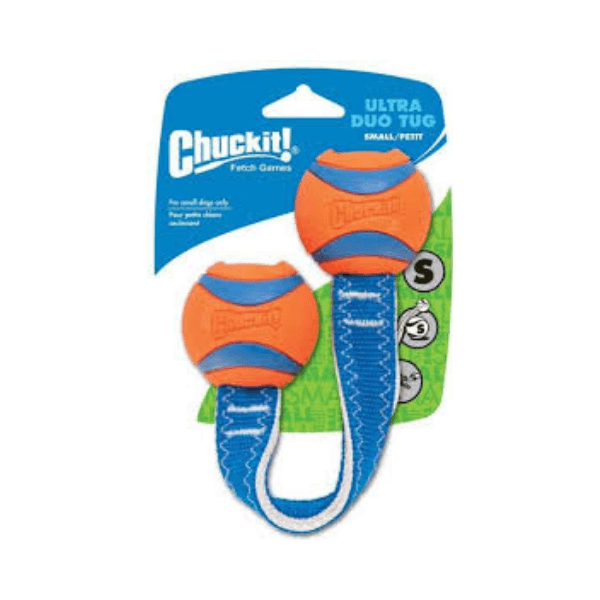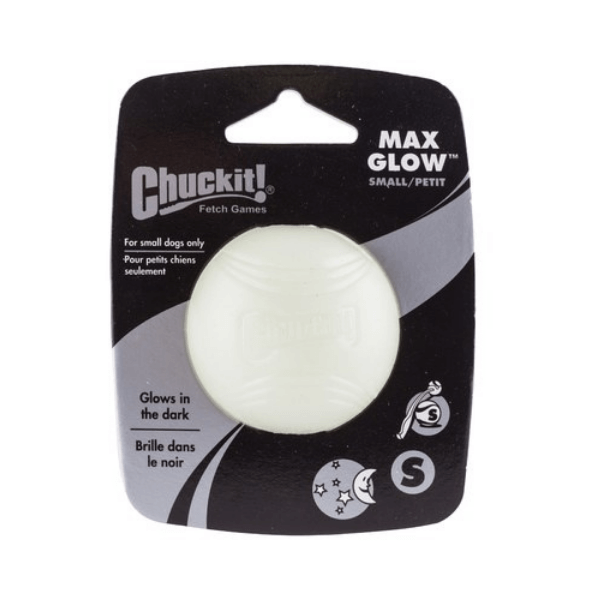
Sweet? No Thanks! Unlike humans, cats can’t taste sweetness. Their taste buds never evolved to crave sugary treats!
View All Cat Treats Products Available In Our Shop
Cats cannot taste sweetness, unlike humans and most other mammals. This is because they lack the functional sweet taste receptor, due to a mutation in one of the genes responsible for coding this receptor.
- Missing Receptor:Cats don’t have the necessary taste receptors to detect sweetness. This is caused by a mutation in a gene called Tas1r2, which is crucial for the sweet taste receptor.
- Evolutionary Adaptation:Cats, being obligate carnivores, primarily rely on meat for their diet. Since meat doesn’t contain sugars, the ability to taste sweetness became unnecessary and eventually disappeared through evolution.
- What Cats Do Taste:Cats can taste other flavors, including sour, bitter, salty, and umami (savory). They also seem to have a taste receptor for amino acids and something called adenosine triphosphate (ATP).
- Why They Might Like Sweet-Tasting Food:If a cat seems interested in something sweet, it’s likely due to other factors, such as the fat content, the texture (like creamy), or the presence of other tasty components like umami or amino acids, rather than the sweetness itself.
Watch: Why can’t cats taste sweet food? | Surprising Science Video
#petsupplies #petcare #shoplocal #petlovers #petproducts #smallpets #animalcare
SHOP BY CATEGORY;

SHOP BIRDS
KIMVET - Shop by Category - BIRD PRODUCTS; Bird Food, Bird Medicines, Bird Treats, Bird Toys, Bird Accessories & More!
FREE SHIPPING applies for orders over R400 (within Kimberley) and for orders over R1000 (anywhere in South Africa)!

SHOP CATS
KIMVET - Shop by Category - CAT PRODUCTS; Cat Food, Cat Deworming & Tick/Flea, Cat Treats, Cat Toys, Cat Beds, Cat Collars, Cat Harnesses, Cat Tags, Cat Carriers, Cat Litter, Trays & Accessories, Cat Bowls, Cat Grooming & More!

SHOP DOGS
KIMVET - Shop by Category - DOG PRODUCTS; Dog Food, Dog Deworming & Tick/Flea, Dog Treats, Dog Toys, Dog Beds, Cushions & Blankets, Dog Clothing, Dog Collars, Dog Harnesses, Dog Leads, Dog Tags, Dog Bowls, Dog Grooming, Dog Training Solutions, Dog Accessories & More!

SHOP FISH
KIMVET - Shop by Category - FISH PRODUCTS; Fish Food, Fish Care, Fish Bowls & Tanks, Fish Accessories & Pumps, Fish Ornaments & Plants in Kim Vet online-store, delivering nation wide.

KIMVET - Shop by Category - GIFT CARD, GIFT VOUCHER; R 100, R 500 etc. Any amount you want to add on the gift card can be selected.
We stock various products in our store to cater for every pet’s need!

SHOP HEALTH AND SUPPLEMENTS
KIMVET - Shop by Category - HEALTH AND SUPPLEMENTS PRODUCTS; Calming, Eyes & Ears, Flies & Mosquitoes, General Supplements, Intestinal Support, Joint Care, Recovery, Skin Care, Wound Care & More!

SHOP REPTILES
KIMVET - Shop by Category - REPTILE PRODUCTS; Reptile Care, Reptile Habitats, Reptile Accessories & More!
If we do not have something you need, contact us and we’ll get it in store for you to order easily.

SHOP SMALL MAMMALS
KIMVET - Shop by Category - SMALL MAMMAL PRODUCTS; Small Mammals Food, Small Mammals Bedding & Hay, Small Mammals Toys, Small Mammals Accessories in Kim Vet's online-store, delivering nation wide.
